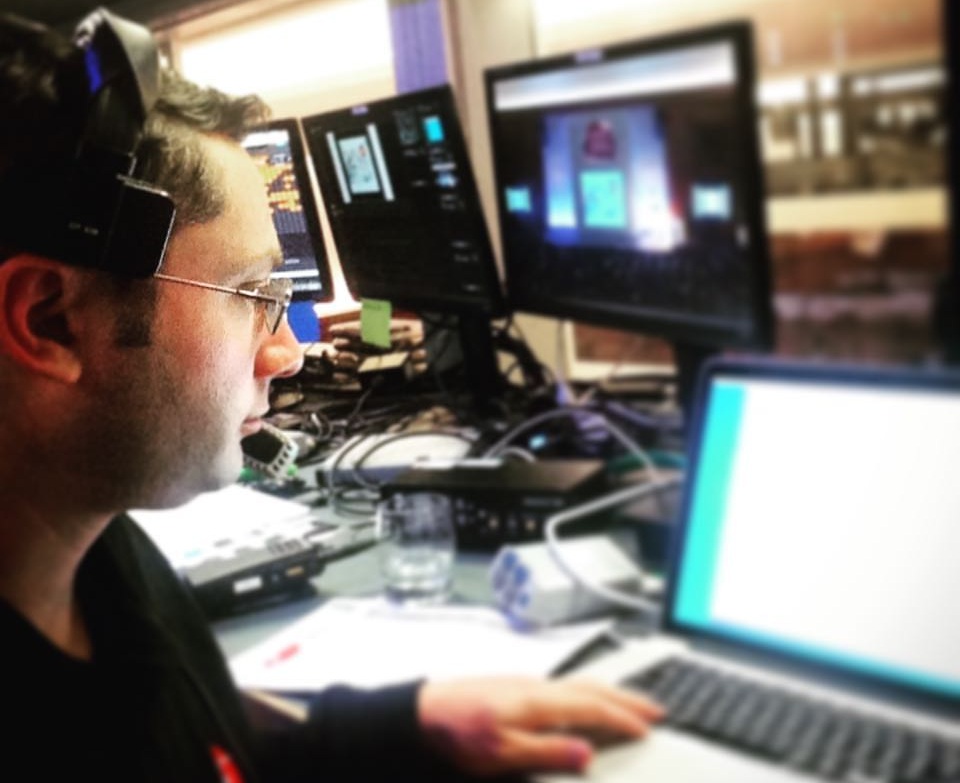Mastering the Art of Seamless Film Mapping on Arched Screens for Breathtaking Visual Audience Experiences
Mastering the Art of Seamless Film Mapping on Arched Screens for Breathtaking Visual Audience Experiences
Blog Article
Video mapping is an innovative technique that allows visuals and footage to be projected onto surfaces, creating stunning aesthetic encounters. When it comes to curved areas, mastering this craft can be a bit more challenging than projecting onto flat planes. Rounded surfaces can include various elements from the sides of structures to art pieces and even stages. Grasping how to efficiently map footage onto these shapes is essential for artists, design professionals, and occasion planners who want to develop immersive environments that enthrall audiences.
The first phase in video projection on rounded surfaces is to understand the geometry of the area. Rounded areas can be complex, with different degrees of curvature. To achieve a smooth display, it is important to create a 3D representation of the surface. This representation helps in visualizing how the footage will look when projected. Applications tools are available that allow users to create these representations and mimic the projection. By precisely mapping the dimensions and shapes of the area, creators can ensure that the video matches perfectly without warping.
Once the 3D representation is ready, the next step is to prepare the video content. This includes editing the video to fit the specific form and dimensions of the curved area. It is crucial to consider the angles and sightlines from which the audience will view the projection. The content should be crafted to improve the aesthetic encounter, making it engaging and pertinent to the concept of the occasion or installation. Using high-quality graphics and animations can greatly improve the total effect of the projection.
After preparing the content, the real projection procedure starts. This involves setting up the projectors at the correct positions and spaces to guarantee that the video matches with the 3D model. Adjustment is a key part of this procedure. It may necessitate adjusting the brightness, contrast, and focus of the devices to obtain the optimal results. Additionally, using multiple devices may be necessary to encompass larger or more intricate areas. This technique, known as edge blending, helps form a continuous image across the entire area.
Ultimately, trialing the display is essential before the find out this here final presentation. This enables designers to make any necessary adjustments to the footage and device settings. It is also an opportunity to see how the audience will perceive the projection from different perspectives. By confirming that the video projection is perfect, creators can deliver a remarkable aesthetic encounter that creates a memorable impact. Perfecting video projection on rounded surfaces not only improves creative expression but also creates new opportunities for storytelling and viewer interaction in multiple environments.